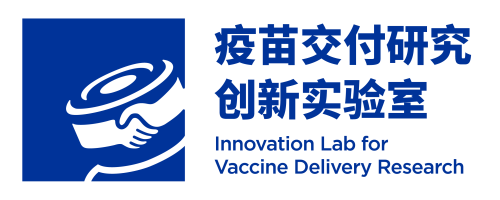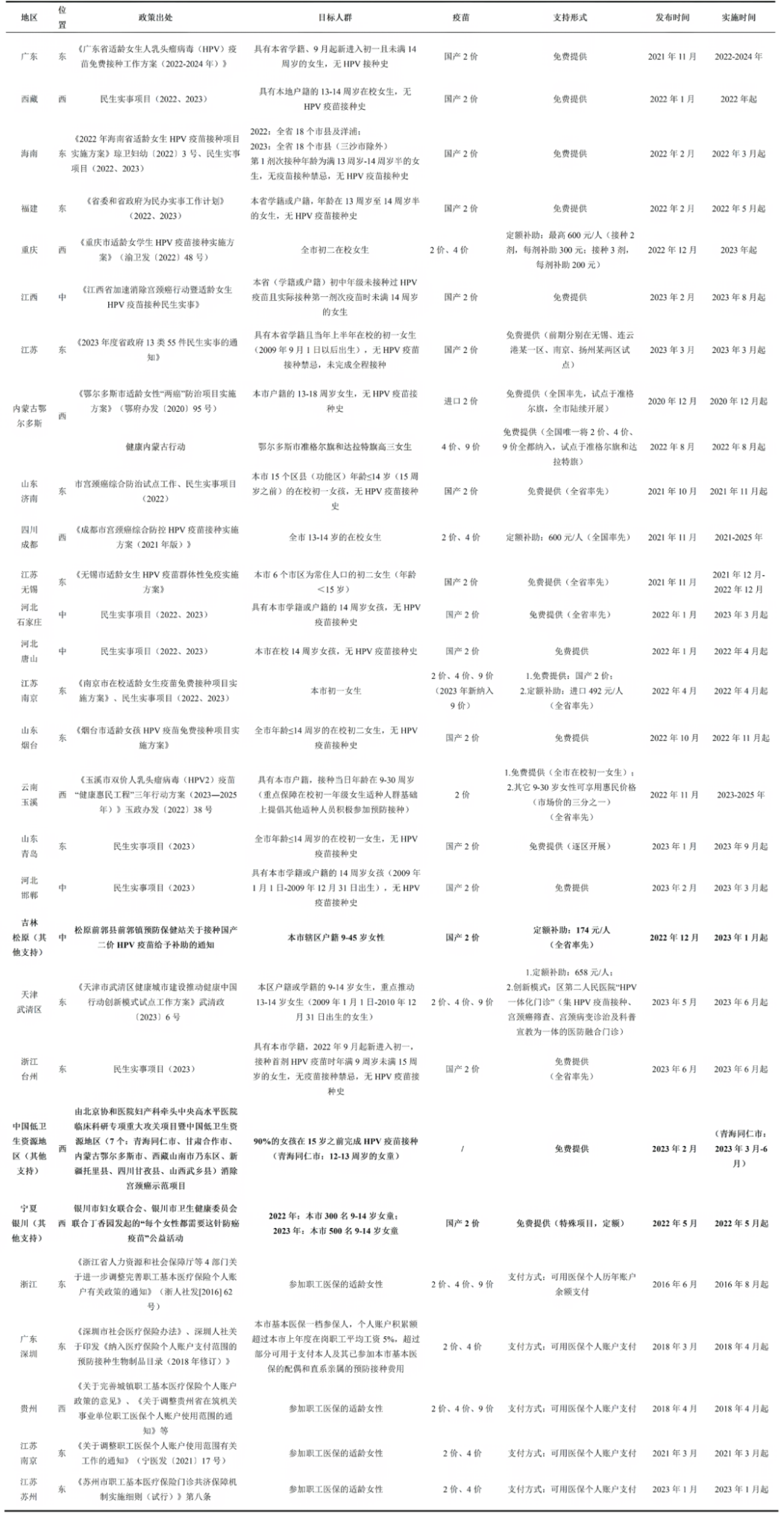Journal Article Recommendation
01
Effect of a pay-it-forward strategy on reducing HPV vaccine delay and increasing uptake among 15- to 18-year-old girls in China: A randomized controlled trial
The study, led by Professor Dan Wu from Nanjing Medical University and published in PLOS Medicine, used a randomized controlled trial design to evaluate the effectiveness of the “pay-it-forward” strategy in increasing HPV vaccination coverage among girls aged 15–18 in China. From July 6, 2022, to June 9, 2023, the trial was conducted in four community health centers (CHCs) in Chengdu, Sichuan Province. Eligible participants were unvaccinated girls aged 15–18 living in the CHCs’ service areas, recruited through random sampling.
Participants were invited via telephone, provided verbal informed consent, and were then randomly assigned during face-to-face visits using a sealed-envelope method to either the pay-it-forward group (n=161), which received a US$47.7 community subsidy covering the first vaccine dose and the option to contribute toward subsequent participants’ vaccination, or the control group (n=160), which paid the full market price for vaccination. The study employed strict blinding, with CHC staff, vaccinating physicians, outcome assessors, and data analysts unaware of group allocation except for the implementers. The primary outcome was the uptake of the first-dose of HPV vaccine, verified through medical records, and data analysis followed the intention-to-treat principle.
Results showed that the first-dose vaccination rate was 34.2% (55/161) in the pay-it-forward group, significantly higher than 17.5% (28/160) in the control group, with an adjusted difference of 17.9% (95% CI: 8.7%–27.0%, P<0.001). In terms of behavioral engagement, 67.3% (37/55) of vaccinated participants in the pay-it-forward group wrote postcards to encourage future participants, and 70.9% (39/55) of caregivers donated to support another girl’s vaccination. Cost-effectiveness analysis indicated that the per-person vaccination cost in the intervention group (US$230) was 21.7% lower than in the control group (US$294), showing a clear economic advantage.
The findings demonstrate that the pay-it-forward strategy significantly improves catch-up HPV vaccination rates among adolescent girls in western China and enhances vaccine confidence. Combining social reciprocity with economic feasibility, this model could serve as an effective intervention for catch-up vaccination programs in resource-limited settings.
https://doi.org/10.1371/journal.pmed.1004535
02
Wild to Mild: CDC’s Influenza Vaccination Campaign Highlights Value of Messaging Around Attenuation of Illness
The study, published in the Journal of Health Communication, examined a targeted influenza vaccination campaign conducted by the U.S. Centers for Disease Control and Prevention (CDC) during the 2023–2024 flu season, focusing on pregnant women and parents. The campaign aimed to address declining influenza vaccination rates in these groups and correct public misperceptions about vaccine effectiveness. In June 2023, researchers carried out a systematic pretest of campaign concepts through 15 focus groups (nine with parents and six with pregnant women, totaling 99 participants). This process ultimately identified “Wild to Mild” as the core message, emphasizing the vaccine’s role in reducing disease severity to reset expectations about its benefits. Using thematic analysis, the team coded focus group transcripts to explore participants’ knowledge about influenza vaccines, information preferences, and behavioral intentions.
Findings indicated that the “Wild to Mild” concept effectively fostered a shift in how the target audiences perceived the value of influenza vaccination. Five key themes emerged from the qualitative analysis. First, baseline perceptions of influenza and its vaccine were shaped by multiple factors, including personal or child illness experiences, the lingering influence of the COVID-19 pandemic, confusion about vaccination timing, and widespread misconceptions about vaccines. These factors collectively contributed to underestimation of disease risk and skepticism toward vaccine effectiveness. Second, in evaluating campaign materials, participants responded more positively to content supported by scientific data, featuring diverse human representations, and evoking emotional resonance. In contrast, fear-based messaging and negative imagery elicited strong resistance, with a clear preference for calm, respectful communication offering credible sources. Third, most participants correctly understood the central idea of “Wild to Mild”—that vaccination reduces the severity of illness—which was regarded as realistic and evidence-based, thereby helping establish reasonable expectations for vaccine performance. Fourth, visual design was generally well received for its authenticity and color use, though animal metaphors led to varied interpretations across gender and demographic lines, with pregnant women showing heightened sensitivity. Finally, in terms of behavior change potential, messages promoting informed, voluntary decision-making and providing reliable access to information were more effective in motivating vaccination, whereas coercive or urgent appeals could be counterproductive.
The study concludes that in the increasingly complex vaccine communication environment of the post-pandemic era, campaigns grounded in scientific evidence that emphasize illness mitigation and integrate culturally adaptive elements can significantly enhance vaccination willingness in specific populations. While a single campaign may have limited impact on reversing declining coverage, strategies that strengthen community trust, integrate multiple communication channels, and deliver tailored messages could provide valuable guidance for promoting vaccination among pregnant women and parents.
https://doi.org/10.1080/10810730.2025.2453840
03
The immunogenicity and safety of an inactivated quadrivalent influenza vaccine and a 23-valent pneumococcal polysaccharide vaccine in individuals with chronic diseases
The study, published in Frontiers in Immunology, adopted a multicenter, randomized, controlled, open-label, non-inferiority design (ClinicalTrials.gov identifier: NCT05471531) to systematically evaluate the immunogenicity and safety of the inactivated quadrivalent influenza vaccine (IIV4) and the 23-valent pneumococcal polysaccharide vaccine (PPSV23) in patients with chronic diseases. Conducted in Taizhou, Zhejiang, during 2022–2023, the trial enrolled 480 participants aged ≥60 years, who were randomly assigned to receive either IIV4 and PPSV23 concurrently or separately. Participants were further stratified into a chronic disease group and a healthy group based on baseline health status. Venous blood samples were collected before vaccination and 28 days after vaccination to measure antibody titers against the four influenza strains in IIV4 and the 23 pneumococcal serotypes in PPSV23. The non-inferiority margin was set at 0.5.
A total of 43.33% of participants had chronic diseases, predominantly hypertension (27.29%), obesity (7.92%), and diabetes (5.00%). Immunogenicity analysis at 28 days post-vaccination showed that the geometric mean titer (GMT) ratios for influenza antibodies (chronic disease group/healthy group) ranged from 1.04 to 1.37 in the total population (lower bounds of all 95% confidence intervals >0.5) and from 1.02 to 1.39 in the co-administration group. The geometric mean concentration (GMC) ratios for pneumococcal antibodies ranged from 0.87 to 1.12 in the total population and from 0.97 to 1.33 in the co-administration group, all meeting non-inferiority criteria. Safety monitoring indicated that the incidence of adverse events was 0.96% in the chronic disease group and 1.47% in the healthy group, all of which were Grade 1 local reactions (injection site pain, redness, or swelling). No vaccine-related serious adverse events were reported.
The findings demonstrate that in individuals aged 60 years and older with chronic diseases, co-administration of IIV4 and PPSV23 induces immune responses comparable to those in healthy individuals and has a favorable safety profile. These results provide evidence-based support for implementing IIV4 and PPSV23 co-administration strategies in patients with chronic conditions.
*This study was funded by Beijing Sinovac Biotech Co., Ltd.
https://doi.org/10.3389/fimmu.2025.1624095
04
Improving the coverage rate of human papillomavirus vaccine among adolescent females to contribute to the goal of eliminating cervical cancer in China
This study, authored by Xu Aiqiang, Yang Weizhong, Zhao Fanghui, and Pang Xinghuo, and published in the Chinese Journal of Preventive Medicine, reviews global and domestic progress in cervical cancer elimination and HPV vaccination, as well as local practices in free vaccination programs. Building on this review, it focuses on the challenges to improving HPV vaccination rates among adolescent females in China and proposes targeted technical recommendations to support the early achievement of cervical cancer elimination goals.
Since the World Health Organization (WHO) first launched the global initiative to eliminate cervical cancer in 2018, HPV vaccine accessibility and immunization strategies have been continuously optimized, and extensive real-world studies have confirmed the effectiveness of HPV vaccination in preventing cervical cancer among adolescent females. Incorporating HPV vaccination into the National Immunization Program (NIP) remains the most effective way to achieve and sustain high coverage levels. As of May 29, 2025, 147 of WHO’s 194 member states had fully integrated HPV vaccination into their NIPs, driving continuous improvements in global HPV immunization coverage.
In recent years, China has made significant progressadvances in cervical cancer diagnosis and prevention, yet the disease burden remains heavy. In 2022, the estimated age-standardized incidence rate of cervical cancer in China was 13.83 per 100,000, and the age-standardized mortality rate was 4.54 per 100,000. New cases accounted for nearly 23% of the global total, while deaths accounted for approximately 16%. Moreover, incidence rates have been rising recently, with an increasing proportion of younger patients. The Chinese government and relevant departments hasve long attached great importance to cervical cancer prevention and control, issuing multiple policy documents to promote the elimination goal. Since 2021, some provincial and local governments have piloted free bivalent HPV vaccination programs for adolescent females as part of public benefit initiatives. However, HPV vaccination coverage among adolescent females in China still shows significant regional disparities, remains well below the global average, and falls far short of WHO’s 2030 target.
To accelerate HPV vaccination coverage among adolescent females in China, the study recommends: (1) further raising awareness of HPV vaccination as a key public health interventionmeasure and priority for eliminating cervical cancer, and mobilizing all relevant institutions and society at large to participate in acceleration efforts; (2) addressing the limitations of the current voluntary, self-paid model outside the NIP, which cannot meet elimination targets, and overcoming inconsistencies and sustainability challenges in local free-vaccination policies by promptly incorporating HPV vaccination for adolescent females into the NIP as a routine immunization; (3) developing and continuously refining a national, standardized implementation plan or guidelines for integrating HPV vaccination for adolescent females into the NIP; (4) strengthening cooperation among public health, clinical medicine, and other professional sectors to expand health education and public awareness campaigns on cervical cancer elimination and HPV vaccination; and (5) improving contingency plans for risk communication related to HPV vaccination, with enhanced public opinion monitoring and risk management mechanisms.
https://rs.yiigle.com/cmaid/1548355?sessionid=-2103766141
05
How does the credibility of vaccine information compare across traditional search engines and AI-based conversational agents?
This study, published in Public Health, employed a cross-sectional analysis to systematically evaluate differences in credibility and readability between generative artificial intelligence (Generative AI) and traditional search engines in providing vaccine-related information. Based on previous literature, the authors selected common questions about vaccines and vaccination, which were queried in December 2023 using Google, Bing, Bard, ChatGPT 3.5/4.0, and Claude AI. The DISCERN instrument was used to assess information credibility, while the SHeLL editor was applied to measure readability scores. The primary outcome measure was the mean DISCERN score for each question.
Results showed that in terms of credibility, traditional search engines scored significantly higher than generative AI in the clarity of information sources (P<0.0001), timeliness of information (P<0.0001), and provision of additional sources (P<0.001), while generative AI performed better in information relevance (P<0.0001) and overall quality (P<0.05). Among all platforms, Bard achieved the highest average DISCERN score (45.6/80), leading in source provision, balance, and impartiality, and was rated the best in overall quality; Claude scored the lowest (38.1/80). In terms of readability, content generated by generative AI had higher readability scores than that from traditional search engines (P<0.001), suggesting it may be less accessible for individuals with low literacy levels. Bing’s search results had the highest readability among traditional search engines, while ChatGPT 3.5 ranked highest overall, with significant differences observed across platforms (P<0.001).
The study concludes that the overall credibility of generative AI interfaces is comparable to that of traditional search engines. However, generative AI interfaces rarely provide sources of high-quality information or external links. In the current landscape, generative AI may present information in a way that is easy to read and appears credible, even without offering the typical cues that indicate trustworthiness.
*The DISCERN instrument is a widely used set of questions designed to evaluate the credibility of health information, particularly in the context of how treatment options are presented.
https://doi.org/10.1016/j.puhe.2025.105876
Content Editor: Tianyi Deng
Page Editor: Ruitong Li





